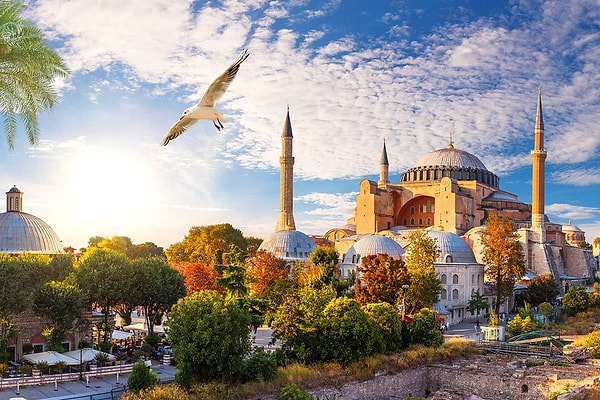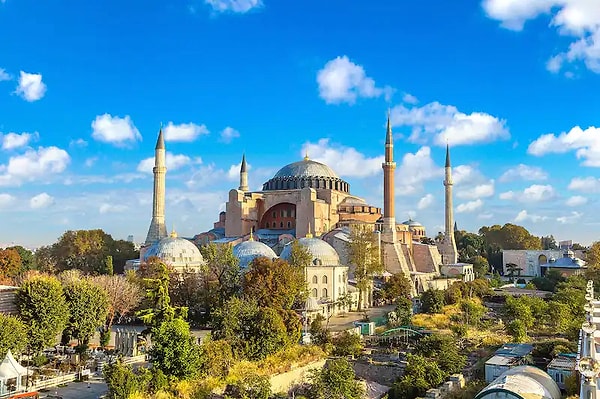Hagia Sophia, located in Istanbul, Turkey, is one of the most iconic landmarks of the world. This magnificent building has a rich history, and it has served many purposes over the centuries. The structure is renowned for its stunning architecture, artwork, and cultural significance. In this blog post, we will take readers on a journey through the grandeur of Hagia Sophia, exploring its history, architecture, artwork, and religious significance.
The Grandeur of Hagia Sophia: A Journey Through One of Turkey's Most Iconic Landmarks

The History of Hagia Sophia: From a Church to a Mosque and a Museum

Hagia Sophia was originally built as a church in the 6th century by the Byzantine emperor Justinian I. It was the largest church in the world at that time, and it served as the center of the Eastern Orthodox Church for almost a thousand years. In 1453, when the Ottoman Empire conquered Constantinople, Hagia Sophia was converted into a mosque. During this time, the Ottomans added minarets and other Islamic architectural features to the building. In 1935, after the establishment of the Turkish Republic, Hagia Sophia was converted into a museum, and it remained as such until 2020, when it was reconverted into a mosque.
The Magnificent Architecture of Hagia Sophia: A Blend of East and West

The architecture of Hagia Sophia is a unique blend of Eastern and Western styles. The structure features a large dome, which was a significant engineering feat at the time it was built. The dome is supported by pendentives, which are curved triangles that transfer the weight of the dome to the walls below. The building also features stunning marble floors, intricate mosaics, and calligraphy.
The Artwork of Hagia Sophia: Mosaics, Frescoes, and Calligraphy
The artwork of Hagia Sophia is breathtaking, with stunning mosaics, frescoes, and calligraphy adorning the walls and ceilings of the building. Many of the mosaics depict scenes from the Bible, including the Virgin Mary, Jesus Christ, and other religious figures. The frescoes, which were added during the Ottoman era, feature Islamic calligraphy and floral motifs.
The Religious Significance of Hagia Sophia: Christianity and Islam
Hagia Sophia has played a significant role in both Christianity and Islam. During the Byzantine era, the building was the center of the Eastern Orthodox Church, and it served as the site of many important religious ceremonies. When the Ottomans conquered Constantinople in 1453, Hagia Sophia was converted into a mosque, and it remained as such until 1935, when it was converted into a museum. In 2020, the Turkish government reconverted the building into a mosque, sparking controversy and criticism.
The Restoration and Reconversion of Hagia Sophia: Controversy and Criticism
The recent restoration and reconversion of Hagia Sophia into a mosque have sparked controversy and criticism from around the world. Some people view the move as an attempt to erase the building's Christian heritage, while others see it as a positive step towards reclaiming Turkey's Islamic identity. Regardless of the debate, Hagia Sophia remains an iconic symbol of Turkey's rich history and cultural heritage.
Hagia Sophia is a true marvel of human ingenuity and artistic expression.
It is a building that has stood the test of time, witnessing the rise and fall of empires and cultures. Today, it stands as a symbol of Turkey's rich history and cultural heritage, a must-see for anyone visiting Istanbul.

